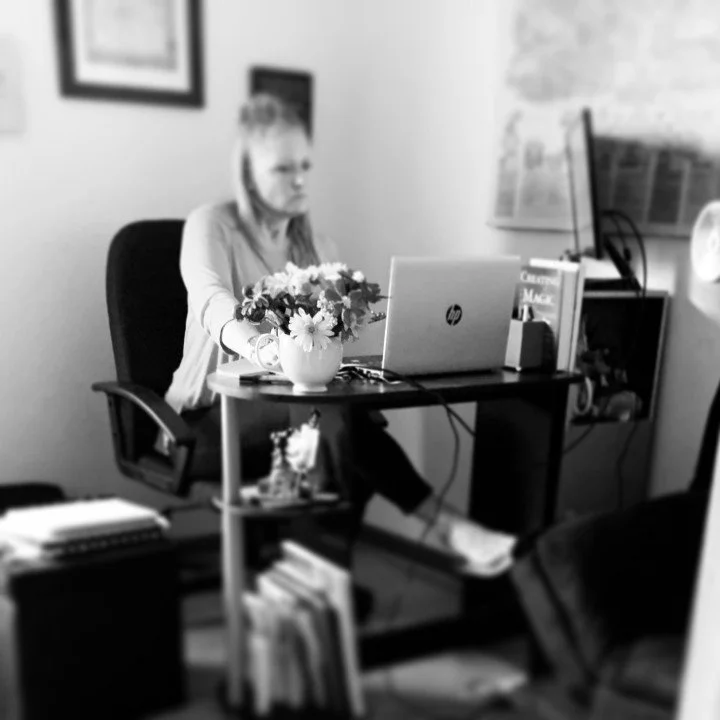Engaging Virtual Accountability
Virtual doesn't mean impersonal.
Remote work is happening for fields that never saw it as a possibility and remote learning opportunities are taking over adult professional development experiences. Virtual training is full speed ahead, and dare I say in some cases I’m seeing more engagement than in traditional mass attendee conferences? Facilitating high impact conversations and engaging accountability methods has been a blast as people realize that maybe it’s not so scary behind the screen.
There is a lot of hesitation when people talk about the longevity of virtual training. While I hate identifying anything as a clichéd "new norm", I know there is a notable positive shift toward remote sessions.
Top learning and feedback I have experienced:
Open early for “coffee talk”. There is more casual and productive chatter among most participants, versus just conversations from those in the front of a large room or close colleagues.
Encourage the chat feature. People have been more apt to ask questions, both in a large group or in a private message. This allows immediate clarification and a more personal experience for some.
Utilize breakout sessions. Randomized or planned, these breakouts are bringing up great opportunity for quick collaborative discussions. They can be used throughout a session because of how quickly they can start, versus trying to move an abundance of adults around a room.
Receive immediate feedback. Drop a from or feedback doc before closing the session and not only does it get a high immediate response rate, but you can filter the feedback far easier, I will never go back to paper forms or emailed requests for responses a week later.
Reduced time away from work. Hopping on a virtual session allows flexibility for participants to attended anywhere, any time minimizing travel time and costs typically attributed to face to face sessions. This is opening opportunities for people and businesses that may not have had the resources available to attend specific training experiences.
Incorporate platforms that enhance presentations. There are a variety of websites and software that act as interactive whiteboards, allowing presenters and participants to collaborate while socially distanced. These digital boards can often be saved and shared, allowing attendees to leave with more meaningful resources.
As we go through trials and errors navigating new models of work, I am finding long overdue strengths in facilitating virtual training. The changes are so powerful that these sessions are something I am looking forward to when they are requested. High energy as a result of collaborative discussion opportunities, "safety" behind the screen for some that feel overwhelmed in larger live formats, and the ability to receive high volume of immediate feedback.
Do I still miss the hugs, handshakes, and high-fives of live, face to face sessions? Oh goodness, yes! Will there still be people with their camera off that don’t want to participate? Certainly, much like those folks in face to face sessions with their laptops or phones out only there because they were told to go/it was paid for by someone else. But by increasing engagement opportunities and pivoting conversation based on immediate feedback, virtual training has become an incredibly powerful model for learning.
